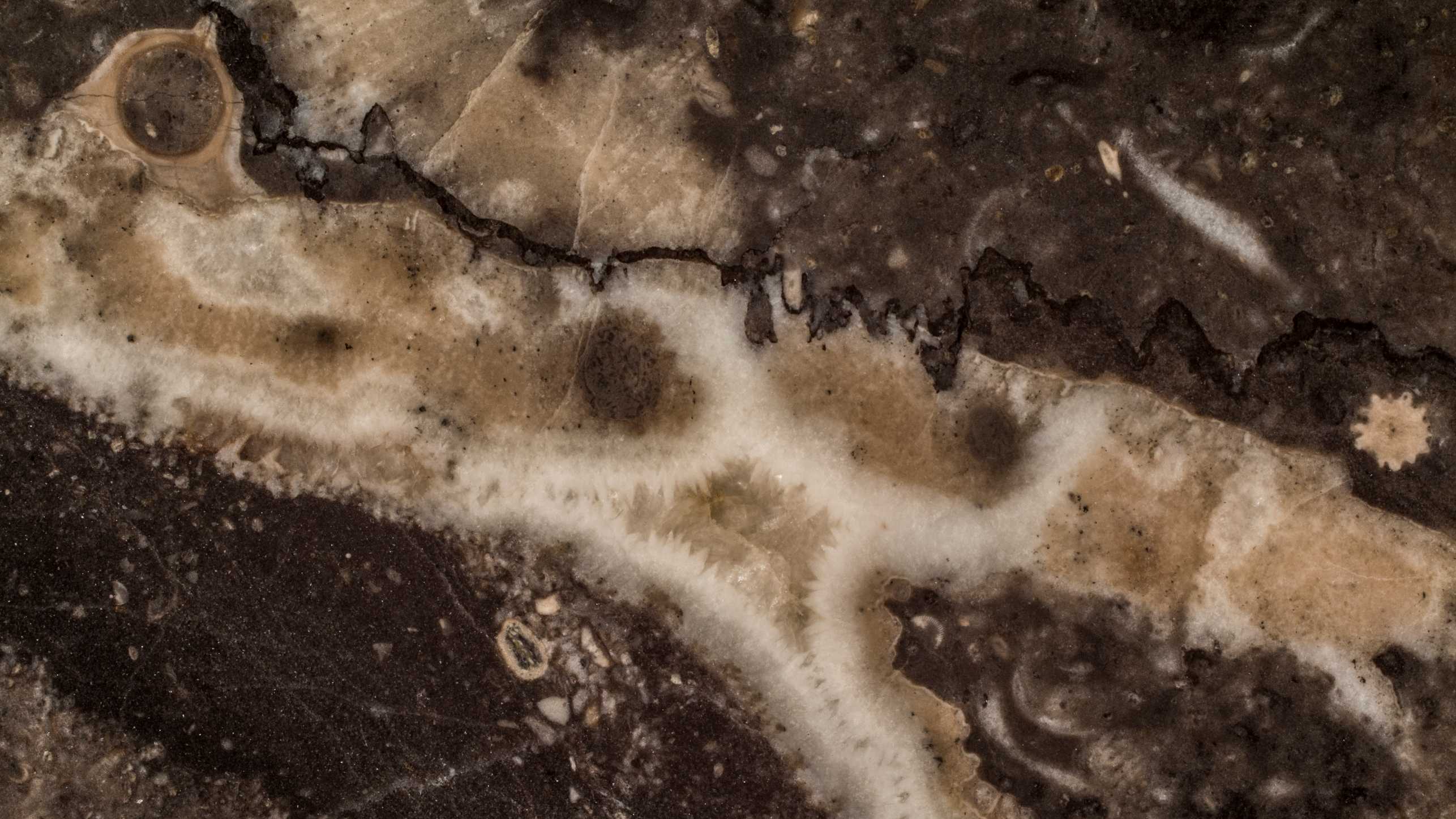Clumped isotope thermometry in burial diagenetic systems

Diagenetic and thermal history of Mesozoic formations in the Swiss Molasse Basin and in the Jura mountains
Carbonate clumped isotopes geochemistry allows to reconstruct the temperature of carbonate mineral formation as well as the δ18O composition of the precipitating fluid in the temperature range between ambient temperatures and 200–250 °C. When different diagenetic carbonate phases are identified and dated at least relatively to each other, the burial temperature and the δ18O composition of fluids at different stages of the diagenetic and thermal history can be determined.
In this project, we reconstruct the diagenetic and thermal history of Mesozoic formations in the Swiss Molasse Basin and in the adjacent Jura mountains. Sample material originating from the two tectonic regimes is available from outcrops and deep boreholes from the national cooperative for the disposal of radioactive waste of Switzerland. Analyzed calcite and dolomite phases include early marine to late burial as well as sub-recent cements, mineralogically preserved and recrystallized fossils, nodules, and veins. Our approach includes carbonate clumped isotope geochemistry combined with optical, scanning electron, and cathodoluminescence microscopy, X-ray diffraction, and U/Pb dating of carbonates by LA-ICP-MS.
This project is funded by the SNSF and is in collaboration with Dr. Elias Samankassou and Prof. Andrea Moscariello at University of Geneva.
New constraints on the kinetics of 13C-18O bond reordering from contact metamorphic aureoles of magmatic intrusions
In addition to the analytical developments, there is still a pressing need to solve some fundamental questions in clumped isotope geochemistry of carbonates before this method can be applied with more confidence. Among those questions, the fractionation factor for the phosphoric acid reaction at 70°C in a Kiel IV carbonate system is one that has not been determined experimentally yet. In addition the available temperature calibrations for clumped isotopes are mostly limited to temperatures below 90°C, and for applications at higher temperatures there is a need for more experimental data. Finally, the preservation of clumped isotope signatures upon burial diagenesis needs further testing for different materials. These questions are fundamental in order to improve the applicability of carbonate clumped isotopes in the study of palaeoclimate, but also in the study of diagenetic processes. A better understanding of the kinetics of 13C -18O bond reordering would not only improve our understanding of palaeoclimate but its also applicable to study the evolution of metamorphic aureoles and burial diagenetic history of sedimentary basins.
This project is funded by the SNSF.
Contact
Geologisches Institut
Sonneggstrasse 5
8092
Zürich
Switzerland
Project member
Bernasconi, Stefano (Tit.-Prof.)
Sonneggstrasse 5
8092
Zürich
Switzerland
